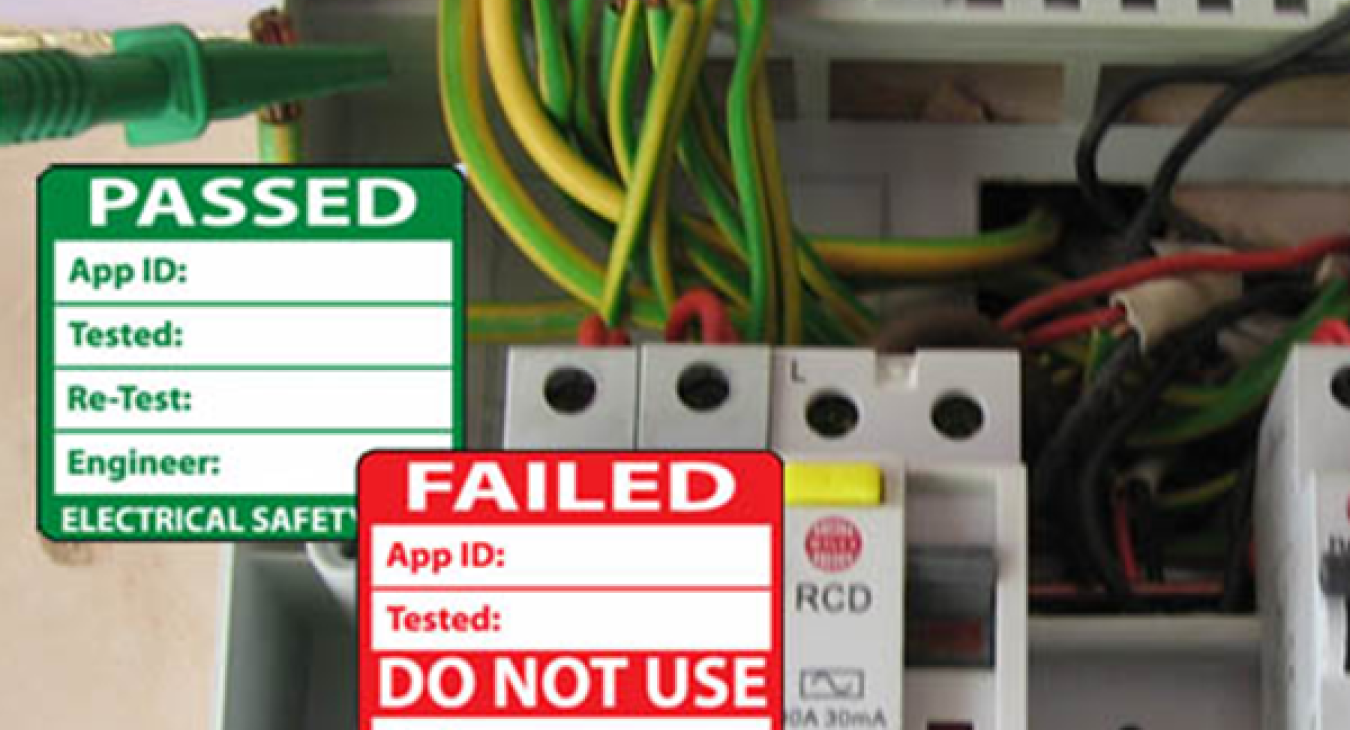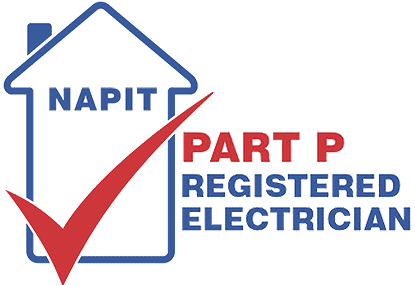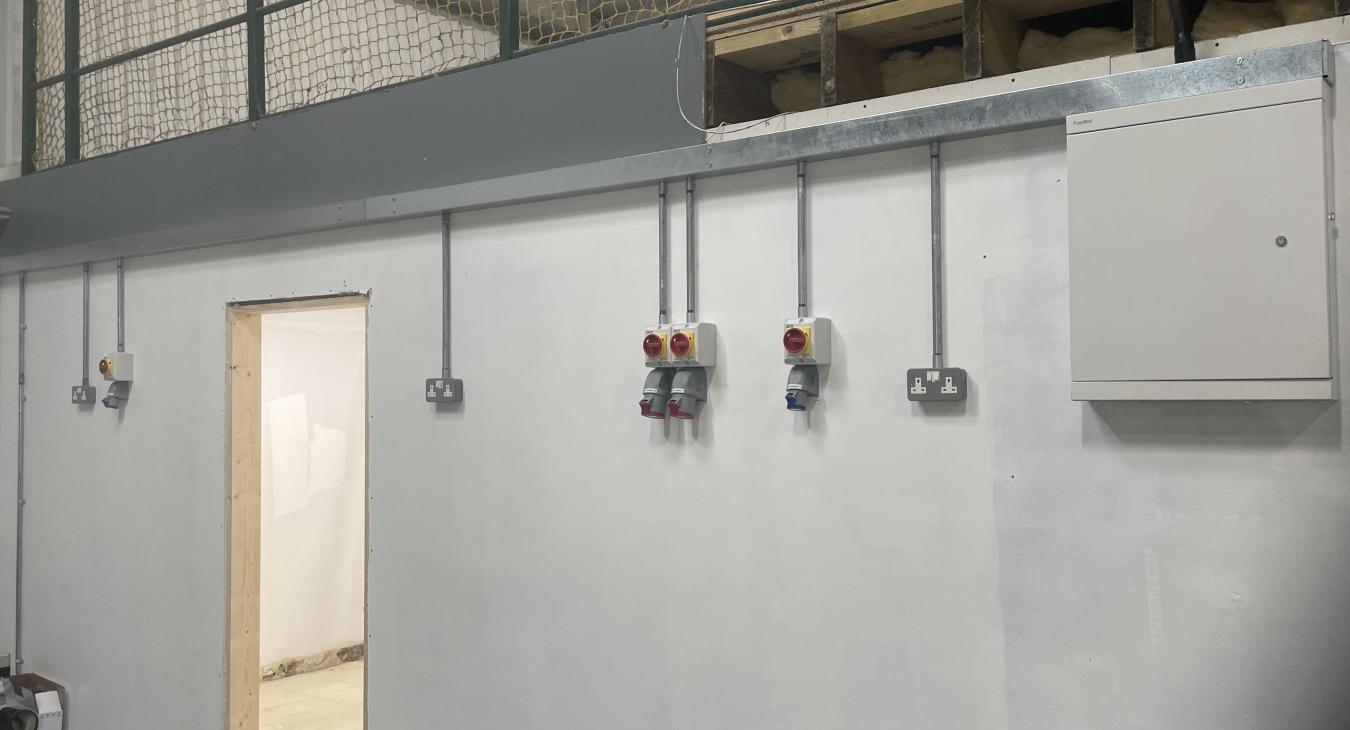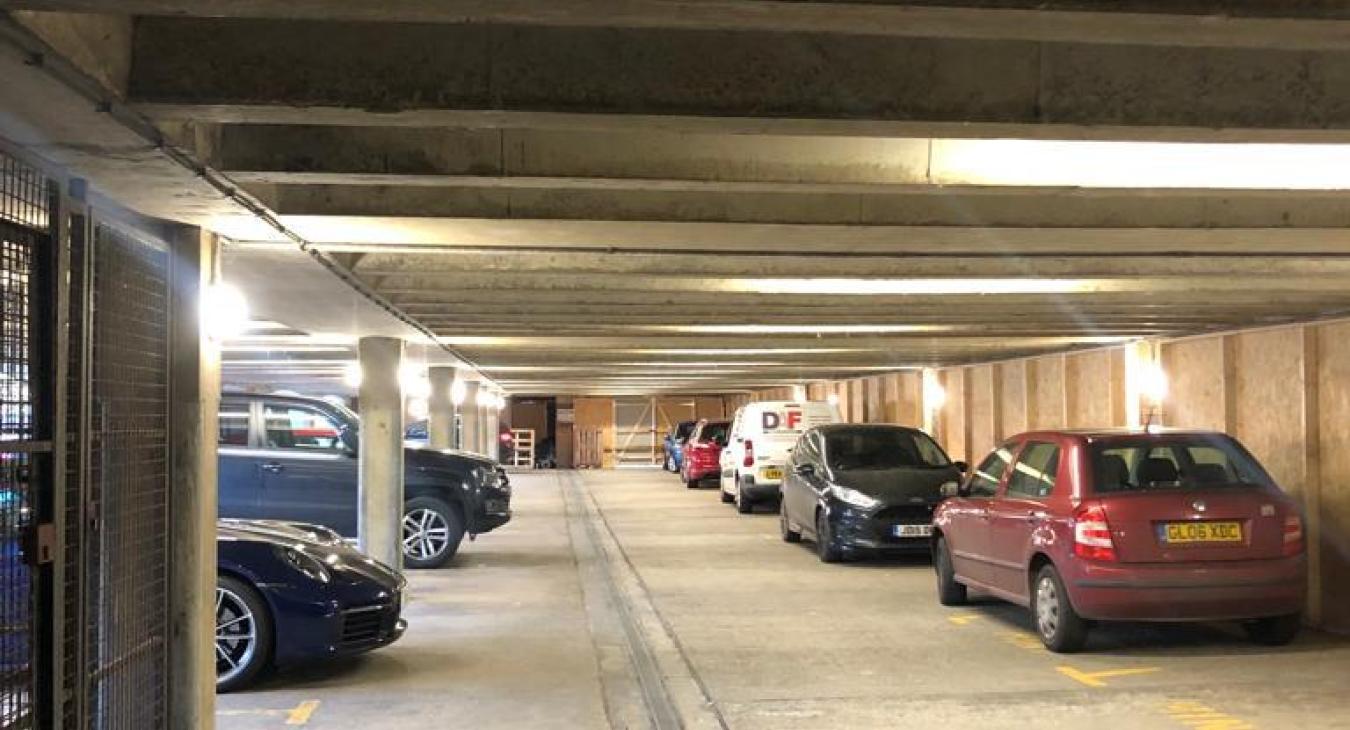
What to expect from an Electrical Installation Condition Report (EICR)
An EICR (Electrical Installation Condition Report) is as the name implies a report into the condition of the electrical installation and to highlight any safety shortcomings, defects or deviations from the current revision of the electrical regulations BS7671.
Who should perform an EICR?
An electrical installation condition report should be performed by a competent electrician with the necessary experience and extensive knowledge of the type of installation that he or she is testing.
Are there any considerations that you need to be aware of when you commission an electrician to conduct an EICR?
When an EICR is performed on the property the electrician will need to disconnect the installation from the mains electrical power supply; depending on the size of the property this can be anywhere from an hour or two to a whole day, some larger installations especially commercial or industrial installations can take days or even weeks.
The electrician needs to switch off and disconnect the power for reasons of safety and also for the purpose of being able to apply the correct test to the relevant electrical circuit. The disconnection of the power supply is of course going to be an inconvenience for those that are using the building at the time, especially if the disconnection of the power impacts on the running of a business or other critical operation.
Who needs an EICR?
Although for privately owned domestic properties it is not a statutory requirement to have an EICR performed on the electrical installation, it is advisable that the electrical installation of all properties are tested and inspected at regular intervals and no longer than once every ten years.
For privately rented properties it might not be a statutory requirement, although that is dependent on the area that you live in. It is important to ensure that all electrical appliances and fittings within the property are safe and in good working order, as you can still be held liable if there is an injury caused by an unsafe electrical installation.
For a House of Multiple Occupancy or an HMO, it has been a statutory requirement for over five years; it states that the building management should;
‘ensures that every fixed electrical installation is inspected and tested at intervals not exceeding five years by a person qualified to undertake such inspection and testing’
It is a statutory requirement that commercial properties and properties where the public have access; are regularly checked and that an EICR is perform on the electrical services. The period between inspections is determined by the function and the use of the building.
What are the processes of an EICR?
Visual inspection:
This is where the electrician will survey the electrical installation before he/she commences with the electrical testing. The visual inspection will highlight broken or cracked devices, where devices may have been installed in the wrong location, or if there have been overloading or over heating problems.
Electrical testing with the use of electrical test meters, including:
- Dead testing
Continuity testing: a test to check if there are any badly connected conductors (wires)
Insulation resistance testing: this test is to make sure that the electrical insulation material surrounding the conductors is intact.
Polarity: this test is to check that the connection are connected in the right sequence
Earthing arrangement testing: this check is to make sure that the earthing arrangement complies with regulations and that all connections are sound.
- Live testing
Earth fault loop impedance testing: this test is to check that if a fault did occur, that the system meets requirements to cause a disconnection of the supply within the time limit specified
RCD testing: on modern electrical systems RCD’s and RCBO’s are regularly fitted, these devices react to electricity missing from the circuit or installation such as when a person is receiving an electric shock as the electricity passes through his body to the ground (earth)
It’s all about the codes.
The codes used to determine whether there are non-compliances or issue with the electrical installation and are numbered C1 to C3. These codes will be entered on the Electrical Installation Condition Report, along with a description of the nature of the fault, and will determine whether a ‘Satisfactory’ or ‘Unsatisfactory’ report will be applied to the installation.
- Code C1 ‘Danger present’: There is a risk of injury and that immediate remedial action is required to remove the dangerous condition.
- Code C2 ‘Potentially dangerous condition’: Urgent remedial action required, this should declare the nature of the problem, not the remedial actions required.
- Code C3 ‘Improvement recommended’ This code more often than not implies that while the installation may not comply with the current set of regulations, complies with a previous set of regulations and so is deemed to be safe although this safety can be improved upon.







